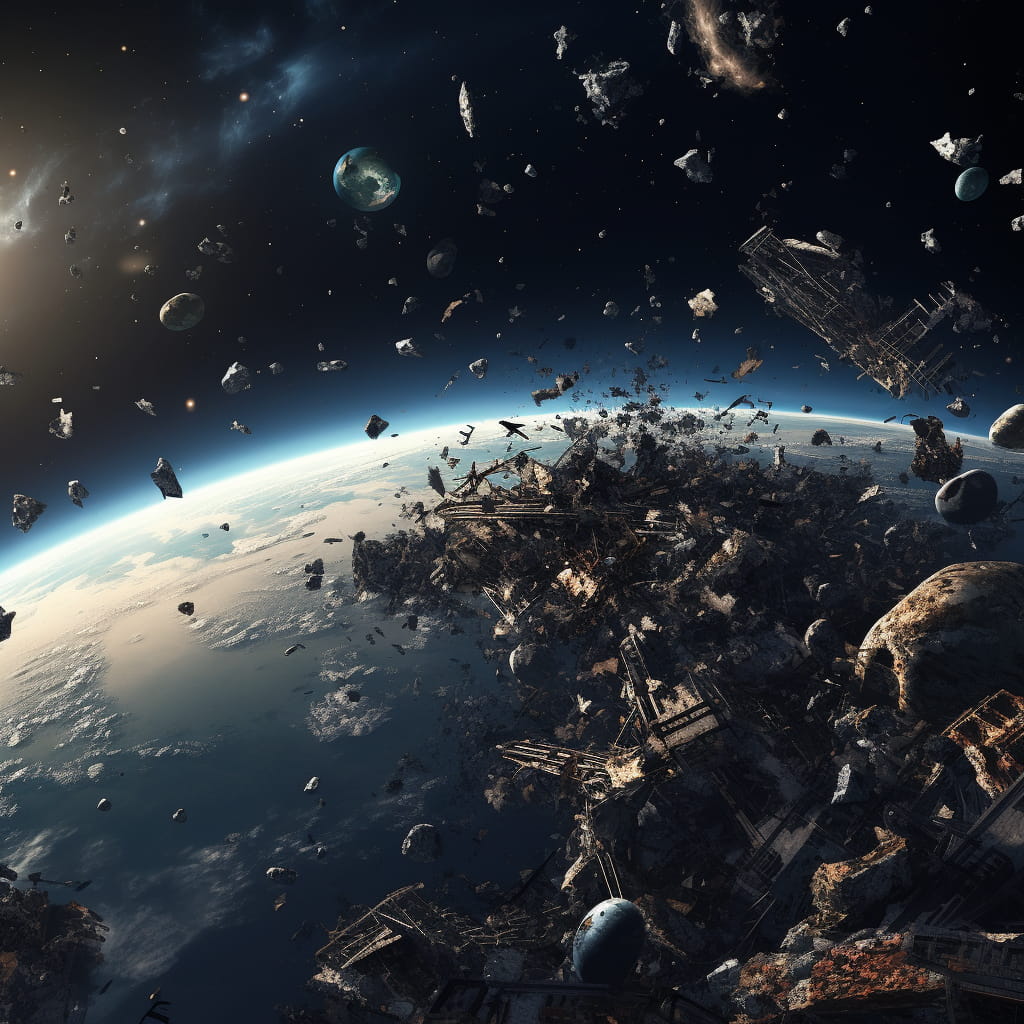Space Debris: The Growing Problem You Haven't Heard About!

When it comes to pollution, we often think about smog, plastic in the ocean, or deforestation. But there's another type of pollution that's less known but equally concerning: space debris. This growing issue in our cosmos might be out of sight, but it shouldn't be out of mind.
What Is Space Debris?
Space debris, or "space junk," is any human-made object in orbit around the Earth that no longer serves a useful purpose. It includes defunct satellites, spent rocket stages, fragments from disintegration and collisions, and even flakes of paint.
Why Is It a Problem?
The increasing amount of space debris poses a threat to both manned and unmanned spaceflights. According to NASA, there are millions of pieces of space debris orbiting Earth, and even small fragments traveling at high speeds can cause significant damage or destruction upon collision with spacecrafts.
The Kessler Syndrome
Proposed by NASA scientist Donald J. Kessler in 1978, the Kessler Syndrome is a scenario where the density of objects in low Earth orbit is high enough that collisions could cause a cascade effect, where each collision generates space debris that increases the likelihood of further collisions. This could potentially render space activities and the use of satellites unfeasible for many generations.
What's Being Done About It?
The international space community is well aware of the space debris problem. Measures are being taken to mitigate the creation of new debris. For instance, guidelines and standards have been established, recommending that operators remove satellites from populated orbits at the end of their missions. European Space Agency and other organizations are also working on space debris removal technologies.
The Future of Space Debris
There is a growing recognition of the need for effective space debris management and mitigation. Technologies such as lasers to redirect debris and nets and harpoons to capture and de-orbit defunct satellites are being explored. However, these technologies are in early stages and their deployment is not without challenges.
Conclusion
The problem of space debris is complex and solving it will require international cooperation, innovative technology, and effective policy. However, given the importance of space for our technology-driven world, the effort is certainly worth it. While the issue may seem far removed from our daily lives, it impacts our weather forecasts, GPS navigation, and global communication – a reminder that we're all more connected to space than we might think.